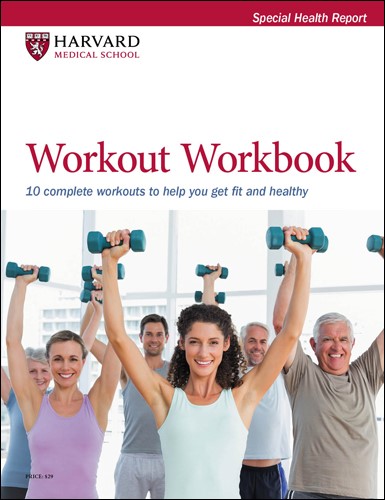Two workout strategies that reduce cardiovascular disease risk
News briefs
- Reviewed by Anthony L. Komaroff, MD, Editor in Chief, Harvard Health Letter; Editorial Advisory Board Member, Harvard Health Publishing

Doing regular aerobic exercise — the kind that works your heart and lungs — is one of the best ways to reduce your risk of cardiovascular disease. Now, findings published online Jan. 17, 2024, by the European Heart Journal suggest that doing a combination of aerobics and strength training might reduce cardiovascular risk factors just as effectively. The study involved about 400 people (ages 35 to 70) classified as overweight or obese who also had high blood pressure. They were randomly assigned to one of four exercise programs: a 60-minute aerobic workout three times a week, a 60-minute strength training workout three times a week, a 60-minute combination of aerobics and strength training (30 minutes of each) three times a week, or no exercise at all. After one year, people in both the aerobics-only group and the combination exercise group (but not the strength-training-only group) had a significant reduction in a combined measure of cardiovascular risk factors, compared with people who didn't exercise. These risk factors included blood pressure, LDL (bad) cholesterol, blood sugar, and body fat. People doing the combined workouts also improved their muscle strength. What this means: it might be equally healthful to replace half of your aerobic workout with strength training, without adding additional exercise time.
Image: © kali9/Getty Images
About the Author

Heidi Godman, Executive Editor, Harvard Health Letter
About the Reviewer

Anthony L. Komaroff, MD, Editor in Chief, Harvard Health Letter; Editorial Advisory Board Member, Harvard Health Publishing
Disclaimer:
As a service to our readers, Harvard Health Publishing provides access to our library of archived content. Please note the date of last review or update on all articles.
No content on this site, regardless of date, should ever be used as a substitute for direct medical advice from your doctor or other qualified clinician.
















